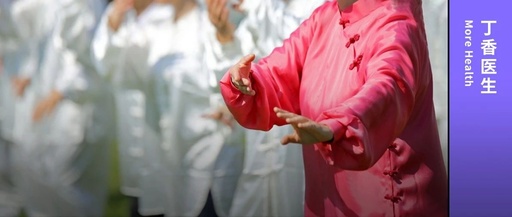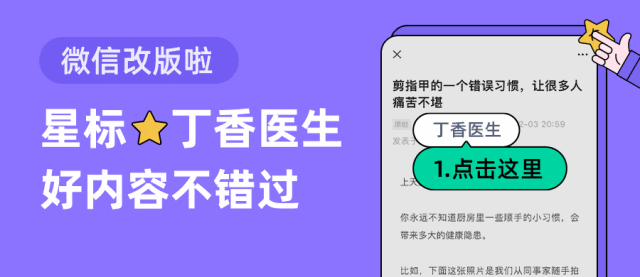
Human daily exercise and entertainment options are becoming increasingly diverse, including football, basketball, badminton, frisbee, skateboarding, and trampolining…
However, most of these activities seem to be suitable only for young people, leaving very few options for our parents.
We have discovered that there is one exercise that offers numerous benefits: it can prevent falls, reduce the risk of dementia, lower anxiety, relieve stress, foster friendships, and provide joy in solitude. That is—
Tai Chi
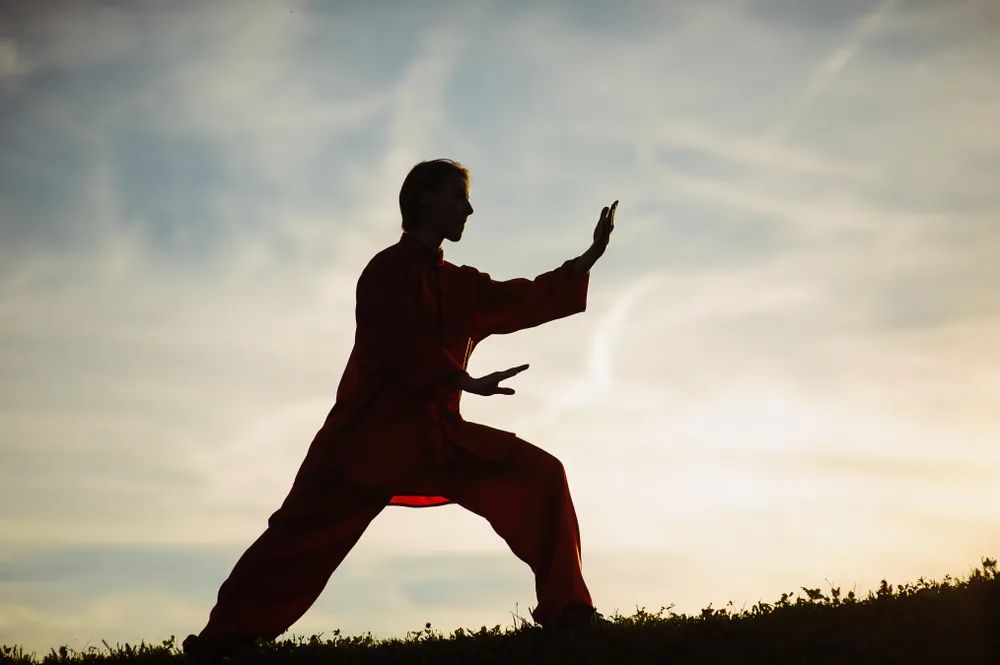
Image source: Zcool
Most people may underestimate the benefits of Tai Chi.
PRACTICING TAI CHI CAN REDUCE FALL RISK
What is the biggest fear for the elderly? Falling.
According to WHO data, approximately one-third (28%–35%) of older adults aged 65 and above fall each year, with the incidence of falls among those aged 70 and above reaching as high as 32%–42%.
What may be minor bumps and bruises for young people can be fatal for the elderly. Among older adults who fall, 20%–30% suffer moderate to severe injuries, such as abrasions, hip fractures, or head trauma. Falls are a leading cause of accidental injury and death.
How can we reduce the fall risk for the elderly? Try practicing Tai Chi.
A study published in 2018 involving 670 elderly participants over six months found that for cognitively intact seniors aged 70 and above who do not regularly exercise, practicing Tai Chi was more effective in reducing falls compared to a combination of aerobic, strength, and flexibility exercises.
(Combined exercises include: balance, aerobic, strength, and flexibility activities.)
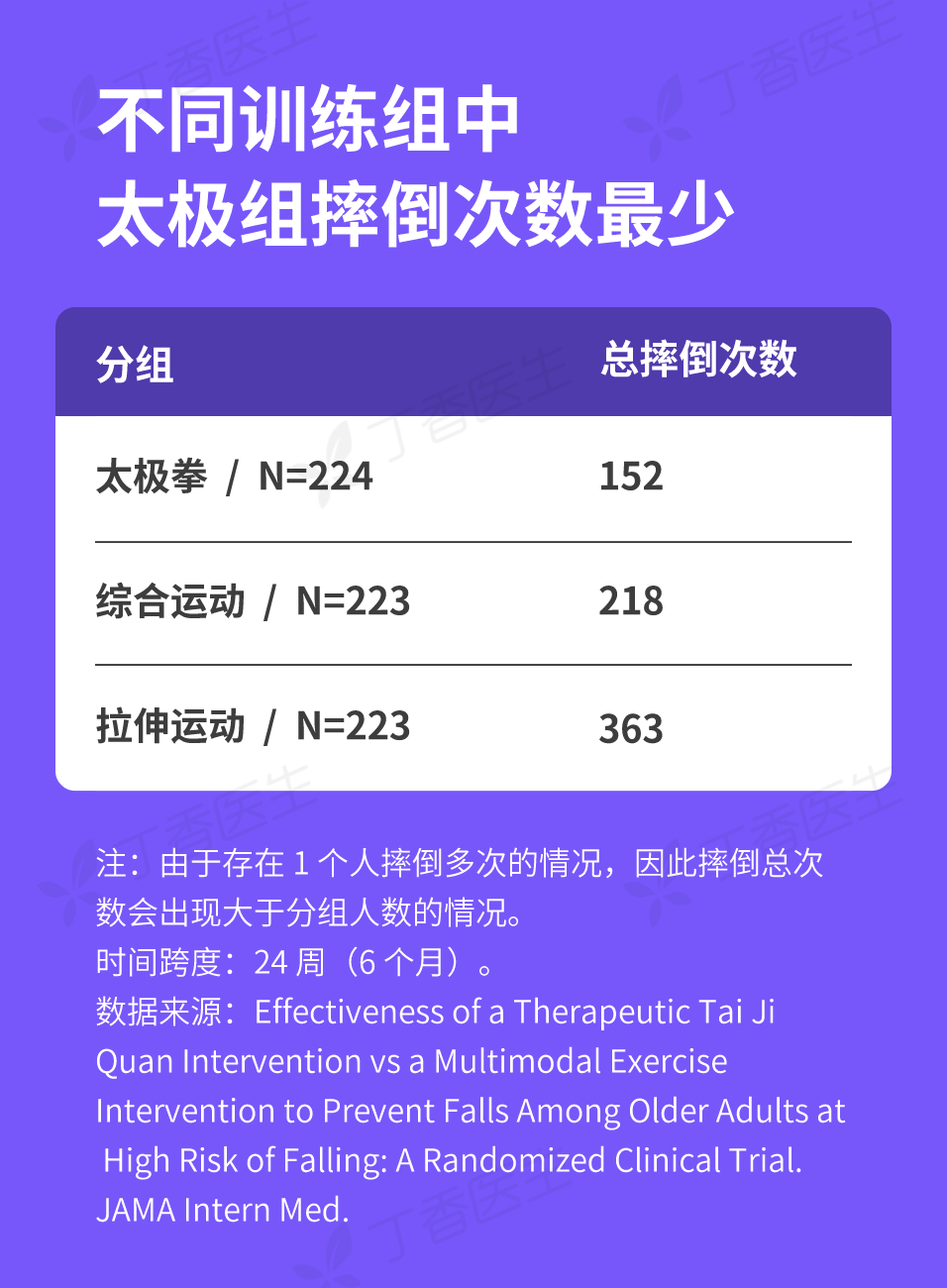
Image source: Self-taken
Many other studies have also found that elderly individuals who previously lacked exercise can reduce their fall risk by 47%–55% after practicing Tai Chi for three to six months.
The seemingly slow movements of Tai Chi are not only suitable for seniors with poor physical fitness but also hold the secret to fall prevention:
-
Strengthening muscle power to maintain lower limb stability;
-
Enhancing the vestibular system’s perception of positional changes to control body balance.
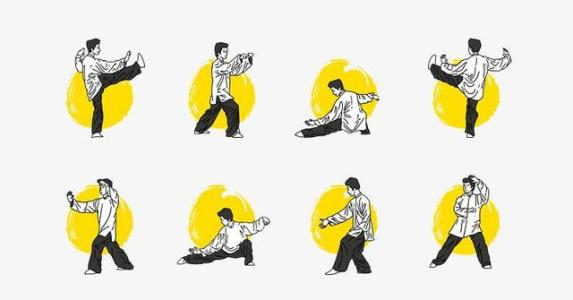
Image source: @vecteezy
Most movements in Tai Chi require practitioners to maintain a semi-squat position while performing leg lifts and stepping actions. This exercise involves subtle joint control, muscle coordination, and weight transfer, enhancing leg muscle strength, lower limb stability, and body balance.
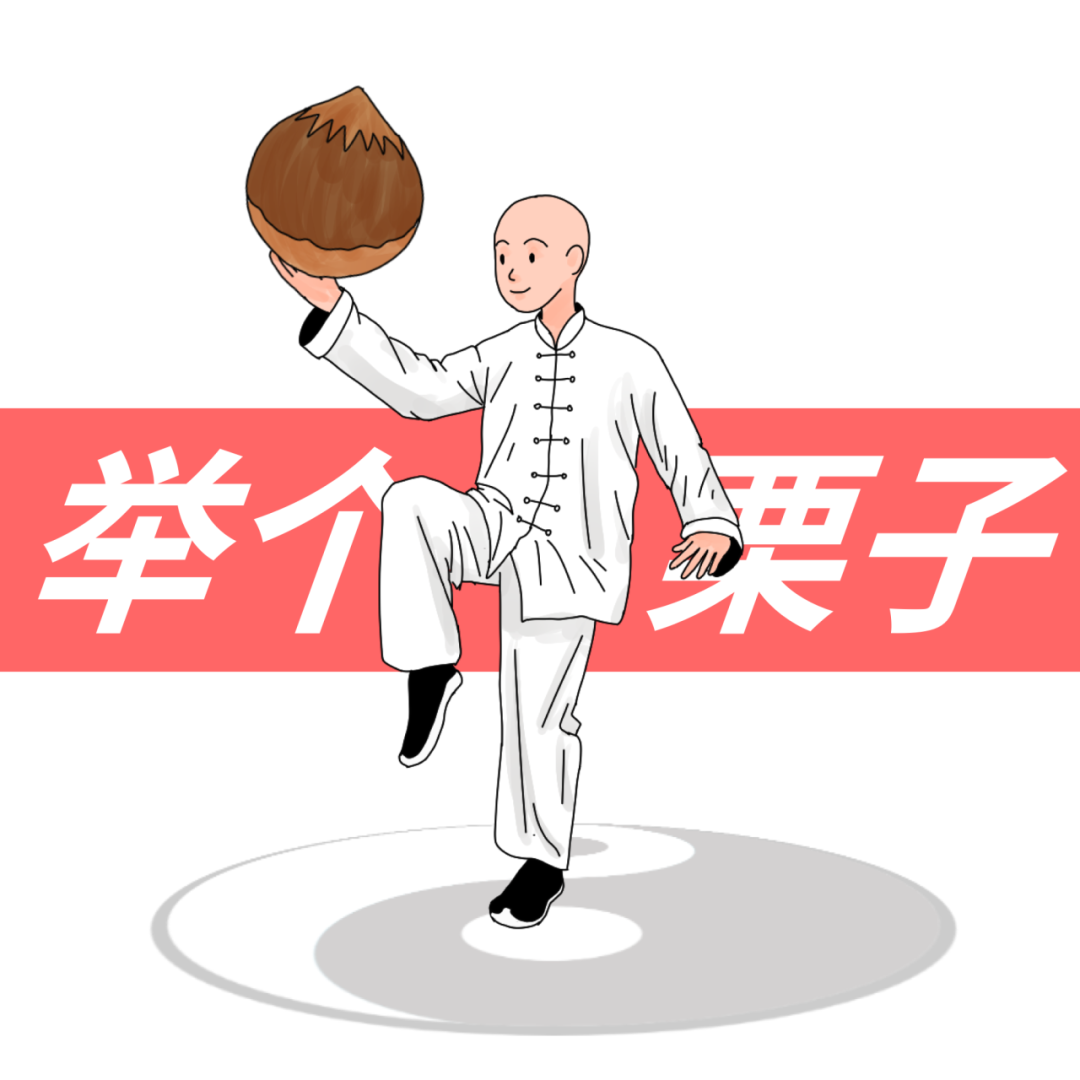
Image source: Drawn by Zhuangzhuang
For example, the “Golden Rooster Stands on One Leg” involves lifting one leg forward while the other leg supports the body, with arms raised.
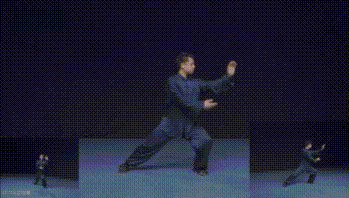
Golden Rooster Stands on One Leg
Image source: Bilibili Eight-Style Tai Chi (left-right mirrored version)
During this movement, the hip flexors contract to lift the thigh, while the knee extensors control the stability of the lower leg.
The alternating practice of both legs trains the elasticity, strength, and stability of the lower limb muscles.
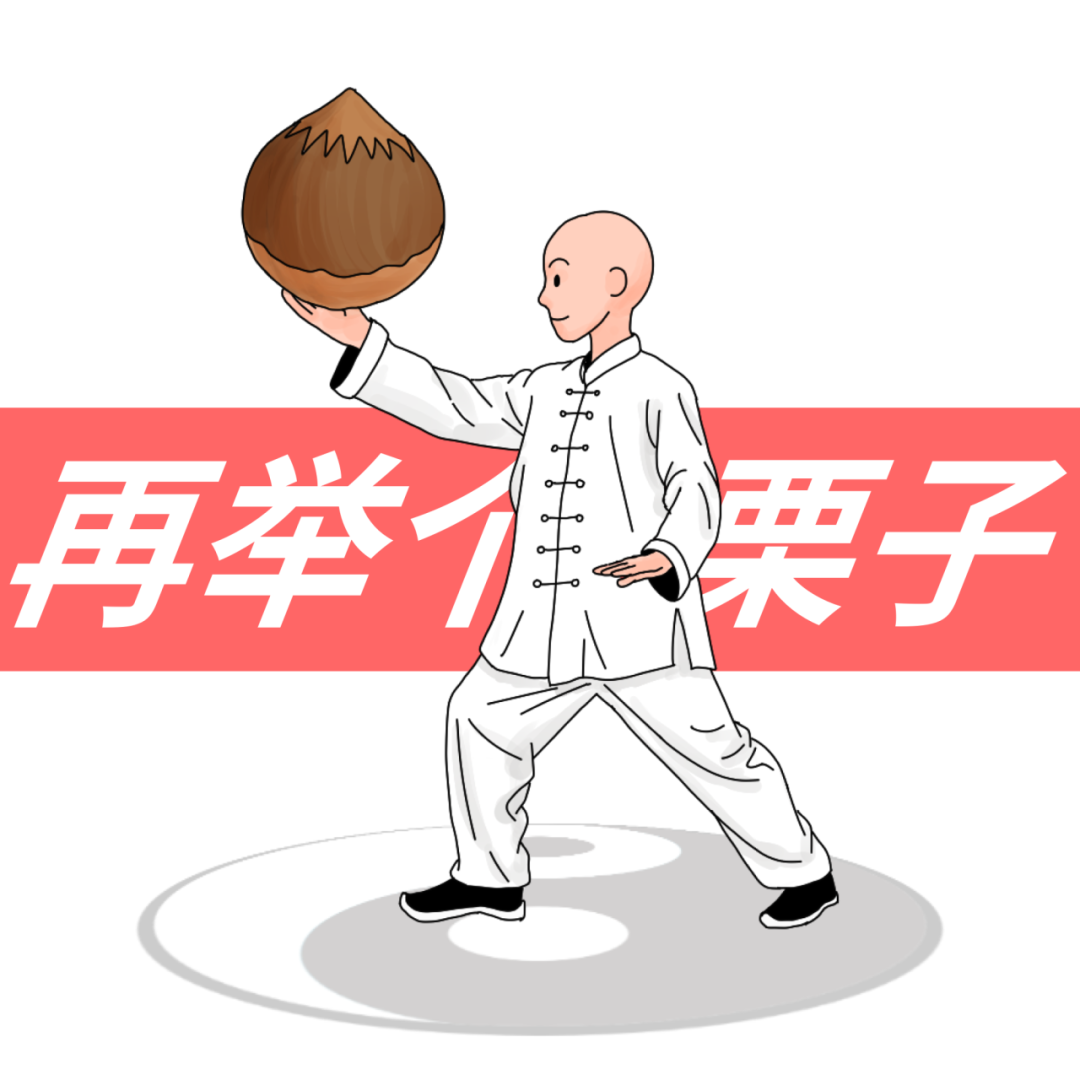
Image source: Drawn by Zhuangzhuang
Another classic movement is “Cloud Hands,” which requires maintaining body balance and stability while changing direction, focusing on a target ahead to enhance the vestibular-ocular reflex pathway’s function, improving the vestibular sense’s ability to maintain balance, while also strengthening lower limb strength and flexibility.
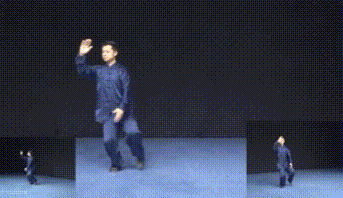
Cloud Hands
Image source: Bilibili Eight-Style Tai Chi (left-right mirrored version)
The charm of Tai Chi does not end here.
PRACTICING TAI CHI HELPS PREVENT COGNITIVE IMPAIRMENT IN THE ELDERLY
In 2022, a high-quality study published by the Alzheimer’s Association indicated that Tai Chi can enhance the effects of cognitive training and delay mild cognitive decline.

The study was conducted at Ruijin Hospital in Shanghai, involving 152 patients with mild cognitive impairment, who were randomly assigned to a “cognitive training” group and a “cognitive + Tai Chi training” group. The results showed that the “cognitive + Tai Chi training” group improved cognitive and memory abilities more quickly and significantly.
Functional MRI scans also clearly showed increased activity in brain regions such as the inferior frontal gyrus, transverse temporal gyrus, parahippocampal gyrus, and entorhinal cortex in the “cognitive + Tai Chi training” group.
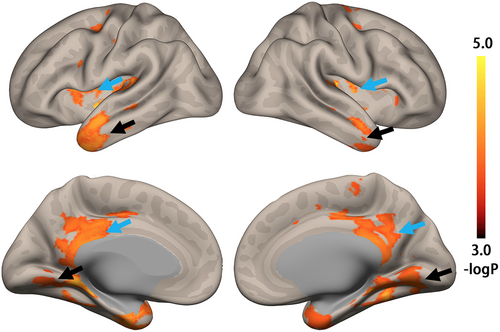
Note: More active brain regions after training compared to the control group
These brain regions represent abilities such as language, hearing and sound recognition, memory, spatial orientation, and time perception.
Tai Chi is not just a simple movement of arms and legs; it is a complete set of designed movements. This continuous, rhythmic dynamic weight transfer and unilateral support coordination involves several cognitive activities such as motor memory, transition, and spatial orientation, requiring sustained attention and executive control.
Tai Chi music broadcast: “Golden Rooster Stands on One Leg”
Brain sound recognition module: Recognized “Golden Rooster Stands on One Leg,” retrieving memory
Brain recall module: How do I do this movement? Oh right, like this and that
Brain spatial orientation module: Raise your hand higher, even higher, lift the left foot, how long do I hold it?
Brain time perception module: 5, 4, 3, 2, 1
This is essentially a cognitive training version of exercise, enhancing physical fitness while also exercising the brain, directly and indirectly reducing the risk of cognitive impairment.
TRY TAI CHI
In fact, in parks and communities, Tai Chi is no longer just an exercise for the elderly; more and more young people are joining in and discovering its secrets.
In addition to helping the elderly strengthen their bodies, Tai Chi can also provide emotional and psychological support. Many studies have confirmed that Tai Chi can lower cortisol levels in the body, reducing anxiety.
The practice of Tai Chi is very flexible.
Those who enjoy socializing can gather in groups, exercising together while making new friends. Elders in a “retirement with nothing to do” state or young people who are “feeling stressed” can find companionship and emotional support through group Tai Chi practice.
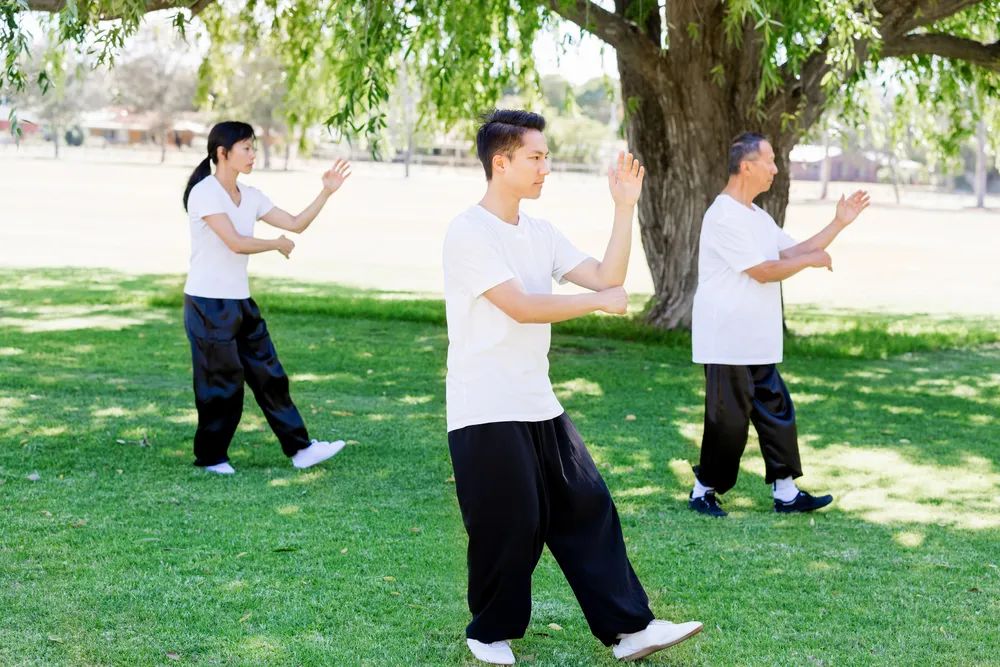
Image source: Zcool
If you prefer solitude, that’s fine too. You can face the lake, enjoying the pleasure of being alone while exercising, even experiencing a flow state.
Tai Chi has many variations; if you don’t like “bare-handed” practice, there are Tai Chi fan, Tai Chi sword, Tai Chi ball, and other props waiting to be unlocked.
Put on loose, breathable clothing, a pair of soft, well-fitting shoes, and try it out with your parents and grandparents—let the whole family join in!
Expert collaboration for this article

Article review expert
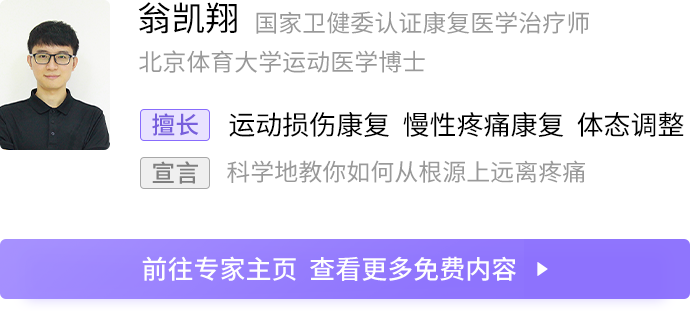
Planning and production
Planning | Weike Yang Supervision | Feidi
Illustration | Zhuangzhuang
Cover image | Zcool
Recently, WeChat has been updated, and some readers have said they can’t find us.
Everyone remember to mark Dingxiang Doctor as a star 🌟!

Click “Read the original text” to download the Dingxiang Doctor App


